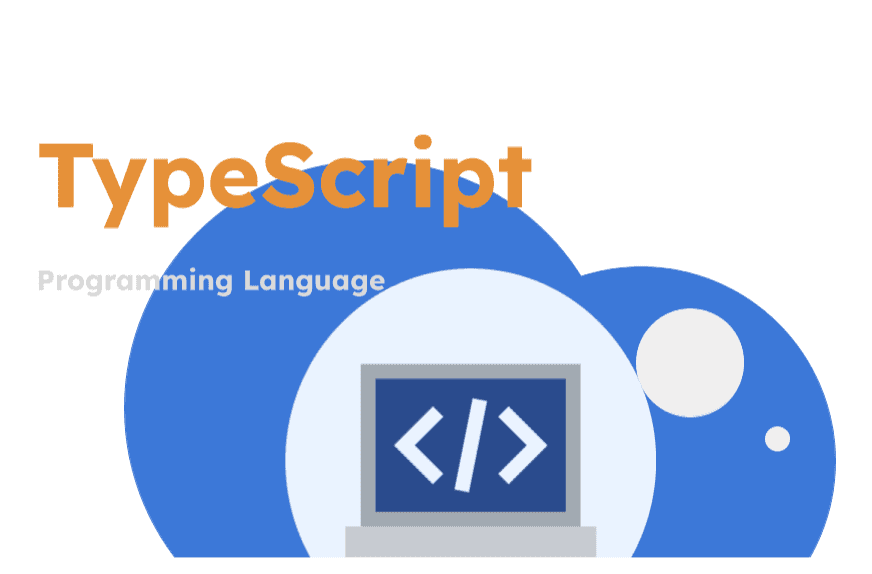Introduction to TypeScript: Why You Should Switch from JavaScript
JavaScript has been the backbone of web development for decades, enabling developers to create dynamic and interactive web applications. However, as applications grow in complexity, managing large codebases with JavaScript can become challenging. This is where TypeScript comes into play—a powerful, statically-typed superset of JavaScript that enhances code quality and maintainability. Although TypeScript has been around for some time, many developers still rely solely on JavaScript. In this article, we'll explore why you should consider transitioning to TypeScript, the challenges of migrating in the past, and how the process has become much smoother today.
Challenges of Managing Large JavaScript Codebases
Managing large JavaScript codebases comes with a set of challenges that can hinder productivity and code quality:
Lack of Type Safety
- Runtime Errors: JavaScript's dynamic typing means that type-related errors are often only caught at runtime, potentially causing unexpected behavior in production.
- Type Mismatches: Without static types, it's easy to inadvertently pass incorrect types to functions or variables, leading to bugs that are hard to trace.
Poor Tooling for Large Projects
- Limited Autocompletion: In large projects, autocompletion and IntelliSense in traditional JavaScript are less reliable, making development slower and more error-prone.
- Inadequate Refactoring Support: Refactoring code, such as renaming variables or functions, can be risky in JavaScript due to the lack of type information. This can lead to missed references and broken code.
Maintainability Issues
- Inconsistent Code Quality: Without enforced types, maintaining consistent code quality across a large team or project can be challenging.
- Complex Debugging: Debugging large JavaScript codebases can be difficult, as type-related issues may not manifest until runtime, complicating the identification of root causes.
Documentation and Onboarding
- Insufficient Documentation: Dynamic typing means that function signatures and variable types are not explicitly documented in the code, making it harder for new developers to understand the codebase.
- Steeper Learning Curve: Onboarding new team members can be more time-consuming, as they must familiarize themselves with the implicit contracts and type assumptions made throughout the code.
What is TypeScript?
TypeScript, developed by Microsoft, is an open-source programming language that builds on JavaScript by adding static types. It allows developers to define variable types, function return types, and more, which can help catch errors early during development. TypeScript code compiles to plain JavaScript, ensuring compatibility with any environment that runs JavaScript.
Key Benefits of TypeScript
Enhanced Code Quality and Maintainability
- Static Typing: TypeScript's static typing helps catch type-related errors at compile time rather than at runtime, leading to fewer bugs and a more predictable codebase.
- Improved Refactoring: With TypeScript, renaming a variable or function is safer and easier, as the compiler will catch any references that need updating. This makes large-scale refactoring less error-prone.
Better Tooling and IDE Support
- IntelliSense: Modern IDEs provide powerful autocompletion, type-checking, and error highlighting for TypeScript, making development faster and more efficient.
- Documentation: TypeScript's type annotations serve as a form of documentation, helping developers understand what a function or variable is supposed to do without extensive comments.
Scalability for Large Projects
- Modularization: TypeScript supports ES6 modules, making it easier to organize and manage large codebases. With clear module boundaries, you can develop features independently and integrate them seamlessly.
- Interfaces and Generics: TypeScript's support for interfaces and generics allows you to write more reusable and flexible code, particularly useful in large projects where consistency and code reuse are critical.
Compatibility with JavaScript
- Incremental Adoption: You can gradually adopt TypeScript in your existing JavaScript projects. Start by renaming
.jsfiles to.tsand gradually add type annotations, reducing the initial learning curve and allowing for a smoother transition.
Challenges of Migrating to TypeScript in the Past
In the early days of TypeScript, migrating from JavaScript posed several challenges:
- Limited Ecosystem Support: Initially, not all JavaScript libraries and frameworks had TypeScript definitions, making it difficult to use them seamlessly in TypeScript projects.
- Learning Curve: Developers unfamiliar with static typing and TypeScript's features faced a steep learning curve, which slowed down adoption.
- Tooling and Integration Issues: Early TypeScript tools and integrations with build systems and IDEs were not as robust as they are today, causing friction during the migration process.
Why Migrating to TypeScript is Easier Today
Today, transitioning to TypeScript is much smoother due to several advancements:
- Comprehensive Ecosystem: Most popular JavaScript libraries and frameworks now provide TypeScript definitions, making integration straightforward.
- Improved Tooling: Modern IDEs like Visual Studio Code and WebStorm offer excellent TypeScript support, including features like IntelliSense, refactoring tools, and debugging capabilities.
- Extensive Resources: There are numerous learning resources available, including official documentation, online courses, and community tutorials, to help developers get up to speed with TypeScript.
Modern TypeScript Training Resources and Tools
Official TypeScript Documentation
- The official TypeScript documentation is a comprehensive resource for learning about TypeScript's features and best practices.
Online Courses
- Udemy: Courses like "Understanding TypeScript - 2023 Edition" provide in-depth coverage of TypeScript from basics to advanced topics.
- Pluralsight: Pluralsight offers a range of TypeScript courses tailored to different skill levels.
Books
- "Programming TypeScript" by Boris Cherny: This book offers a practical guide to TypeScript, covering everything from basic types to advanced type manipulation and real-world use cases.
TypeScript Playground
- The TypeScript Playground is an interactive tool that allows you to experiment with TypeScript code and see the compiled JavaScript output in real-time.
Conclusion
Switching from JavaScript to TypeScript can significantly enhance your development process, leading to better code quality, improved maintainability, and increased productivity. Although migrating to TypeScript posed challenges in the past, advancements in tooling, ecosystem support, and available resources have made the transition much smoother today. By leveraging TypeScript's powerful features and following best practices, you can build more reliable and scalable applications, ensuring long-term success for your projects.
